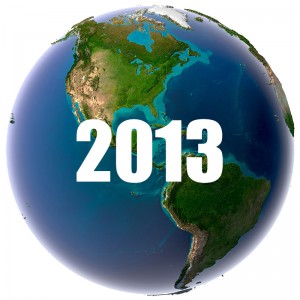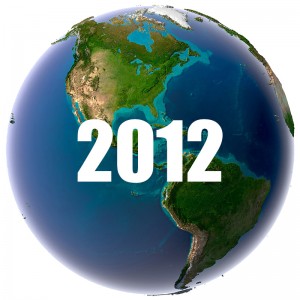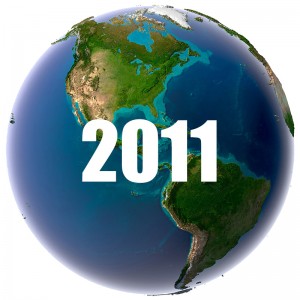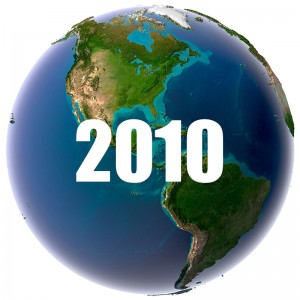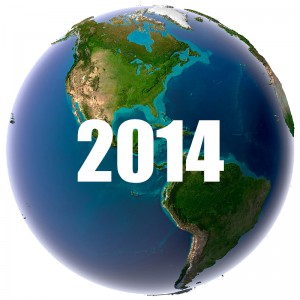 World Population 2014
World Population 2014
The current world population in 2014 is 7,211,239,210. The population count is estimated based on the total number of births this year, the total number of deaths this year, and the ending population of 2013, which was 7,203,304,915. The population of the world is made up of the populations of the seven continents: Asia, Africa, Europe, North America, South America, Australia, and Antarctica. Each continent is made up of various countries with varying populations and sizes. The largest continent in the world in 2014 still remains to be Asia. The largest country in the world in 2014 still remains to be China.
Health Issues in 2014
As of February 5, 2014, there have been approximately 739,000 deaths of children under the age of 5 years. There have been approximately 4,083,000 abortions. There have been approximately 33,500 deaths of mothers during birth. About 163,500 people have died as a result of HIV or AIDS; about 798,200 people have died as a result of cancer; and about 95,400 people have died as a result of malaria. Approximately 485,900 people have died as a result of smoking and about 243,100 people have died as a result of alcohol. There have been about 131,200 road traffic fatalities so far this year. Lastly, there have been about 104,220 suicides. For more information about updated information on World Statistics, please visit www.worldometers.info



